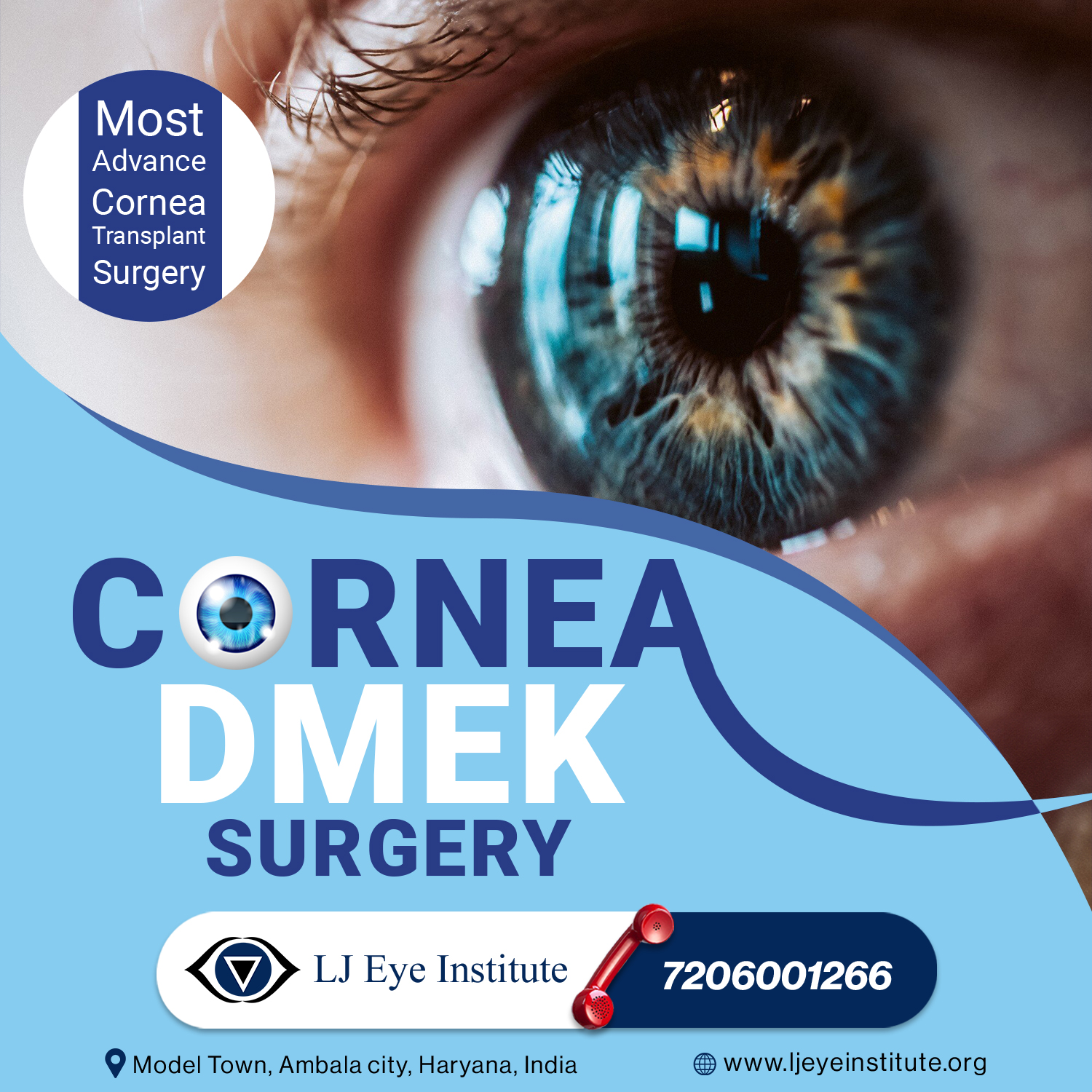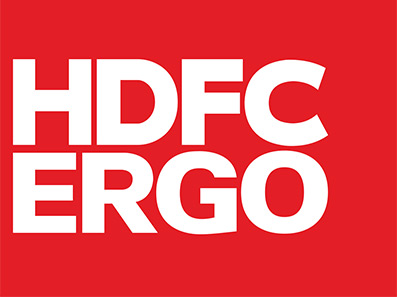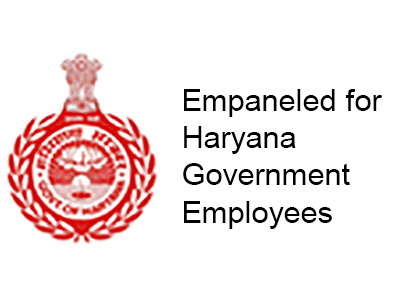DSEK
Descemet’s Stripping Endothelial Keratoplasty
In Numbers
Demographics
Technology / Innovation
LJEI is equipped with all the latest and rare Machines / Technology including AI.
Research
We preserve every single case study to handle any complex situation and publish research papers time to time.

DSEK Surgery In India
What is DSEK surgery and who need it?
Descemet’s Stripping Endothelial Keratoplasty (DSEK) is a procedure that involves replacing only the innermost layer of the cornea, rather than the entire thickness of the cornea, as is performed in standard full-thickness corneal transplantation. For patients who have conditions such as Fuchs corneal dystrophy or swelling of the cornea after cataract surgery, corneal clouding is caused by dysfunction of the cells that make up the innermost layer of the cornea, called the corneal endothelium. The corneal endothelial cells function to pump fluid out of the cornea. When these cells are damaged or reduced in number, the cornea swells, resulting in corneal clouding and loss of vision. Even though the other layers of the cornea are healthy, this condition has traditionally been treated with full-thickness corneal transplantation to bring a new layer of endothelial cells to the patient’s eye.
DSEK surgery involves peeling only the diseased endothelial layer from the back of the patient’s cornea, leaving the remaining 95% of the cornea, which is healthy, untouched. The posterior layer of a healthy donor cornea is then placed inside the eye through a small incision and positioned with an air bubble to replace the diseased layer that was removed. DSEK is performed in less than one hour without any sutures in the cornea.
Why To Choose LJ Eye Institute for DSEK Surgery?
We have the most experienced surgeon in the region, Ddr. Vikas Mittal who performed more than 1000 DALK Surgery. Our graft rejection rate is less than 5%.
DALK can be performed in Corneal ectatic disorders like Keratoconus, Post LASIK Ectasia, Pellucid marginal corneal degeneration (PMCD). The bulged out cornea (forward bending making it a conical shape) in these disorders makes the focus in patient eye distorted and blurry. In this surgery, only front layers of cornea (stroma) is first cut with advanced corneal trephines and later dissected using special techniques and instruments. After this, same layers from a donated cornea is procured and then transplanted over patient’s eye. The ectatic or bulged out cornea is hence replaced by healthy cornea with appropriate shape. Use of Femtosecond laser in this surgery helps in avoiding use of trephine and various blades making it very accurate with diameter and depth of corneal layer transplantation. There is almost negligible risk of graft rejection and failure in this technique of cornea transplantation (Keratoplasty).
What to expect after DSEK surgery?
What are the restrictions after a partial corneal transplant?
How long does DSEK last?
How successful is DSEK surgery?
Can I watch TV after a cornea transplant?
What is the recovery time for cornea surgery?
What is the vision after DSEK?
What causes failure of DSAEK?
Which is better DSEK or DMEK?
What is the rejection rate of DSEK?
Can you have 20/20 vision after a cornea transplant?
Can I travel after corneal transplant?
Can cornea be replaced twice?
DSEK Surgeons at LJEI

Dr. Vikas Mittal
Performed 2500+ DMEK Surgeries
20+ Years Experience

Dr. Neha Jain
Performed 800+ DMEK Surgeries
10+ Years Experience
What conditions can be treated with DSEK?
DSEK is intended to transplant a healthy endothelial cell layer that will pump the fluid out of the cornea. It’s expected to restore corneal clarity and improve vision. This procedure corrects corneal endothelium failure, but is not able to correct corneal scarring, thinning or surface irregularity.
Fuchs’ endothelial dystrophy
Pseudophakic bullous keratopathy
corneal decompensation following cataract surgery
Available Cornea Treatments at LJEI
DMEK Surgeries
DSEK Surgeries
We feel proud to say that our doctors train various Cornea techniques to National and International doctors.
Benefits of DSEK
Descemet’s Stripping Endothelial Keratoplasty represents a significant leap forward in the field of corneal transplantation, offering patients a safer, more effective alternative to traditional methods. With its ability to restore vision swiftly and reliably while minimising risks and complications, DSEK has revolutionised the way we approach corneal endothelial disorders. As technology and techniques continue to evolve, DSEK stands as a beacon of hope for those in need of vision restoration, paving the way for a brighter future in ophthalmic care.
The advantages of DSEK are manifold, making it a preferred choice for many patients and surgeons alike:
Rapid Visual Rehabilitation, Reduced Risk of Rejection, Enhanced Refractive Outcomes, Greater Surgical Precision, Shorter Recovery Time.

Technology @ LJEI
Technology Available For Cornea Treatments at LJEI
LJ Eye Institute employs ultra-advanced technologies for Cornea Transplant procedures.
- We utilize Femtosecond LASER technology for Cornea Transplants, ensuring precision and accuracy compared to conventional blade methods.
- Our facility is equipped with specialized equipment including Specular Microscope for assessing corneal power, Topography, Pentacam, Anterion, and OCT for comprehensive evaluation.
- We integrate the latest available technologies from around the world to achieve the highest success rates in Cornea Transplants.
- For pediatric cases, we have a dedicated spare system and have extensively researched Pediatric Cornea diseases, with publications in national and international medical journals.
- LJ Eye Institute is at the forefront of Stem Cell Transplantation, particularly in the pioneering SLET technique, with numerous published papers showcasing our advancements and modifications in the field.

Still Have Questions?
Cornea Patients Feedbacks

Your content goes here. Edit or remove this text inline or in the module Content settings. You can also style every aspect of this content in the module Design settings and even apply custom CSS to this text in the module Advanced settings.

Your content goes here. Edit or remove this text inline or in the module Content settings. You can also style every aspect of this content in the module Design settings and even apply custom CSS to this text in the module Advanced settings.

Your content goes here. Edit or remove this text inline or in the module Content settings. You can also style every aspect of this content in the module Design settings and even apply custom CSS to this text in the module Advanced settings.

Your content goes here. Edit or remove this text inline or in the module Content settings. You can also style every aspect of this content in the module Design settings and even apply custom CSS to this text in the module Advanced settings.

Your content goes here. Edit or remove this text inline or in the module Content settings. You can also style every aspect of this content in the module Design settings and even apply custom CSS to this text in the module Advanced settings.

Your content goes here. Edit or remove this text inline or in the module Content settings. You can also style every aspect of this content in the module Design settings and even apply custom CSS to this text in the module Advanced settings.
Empanelments



















